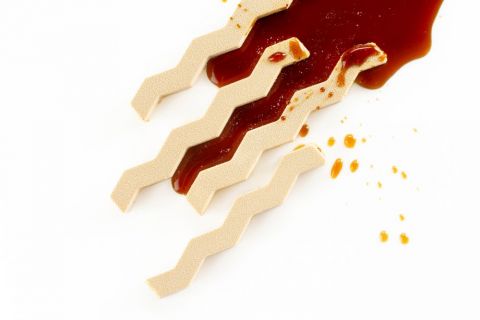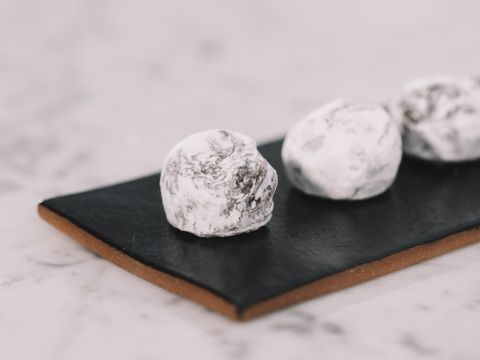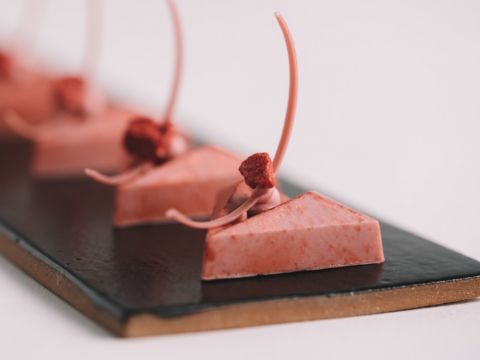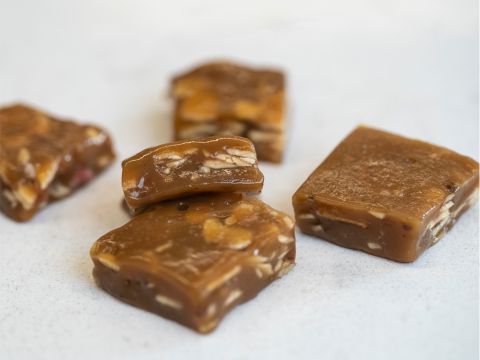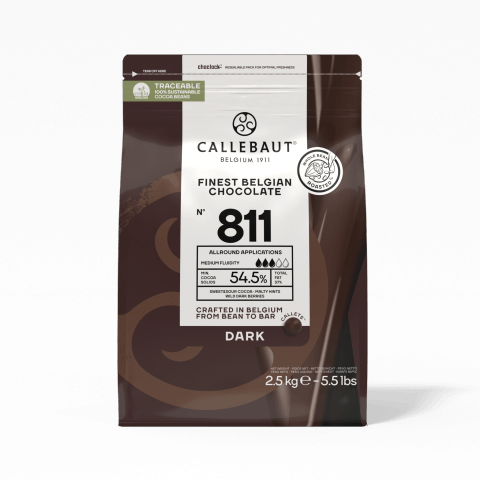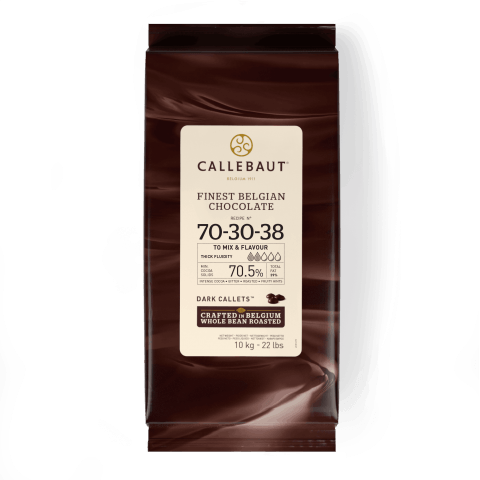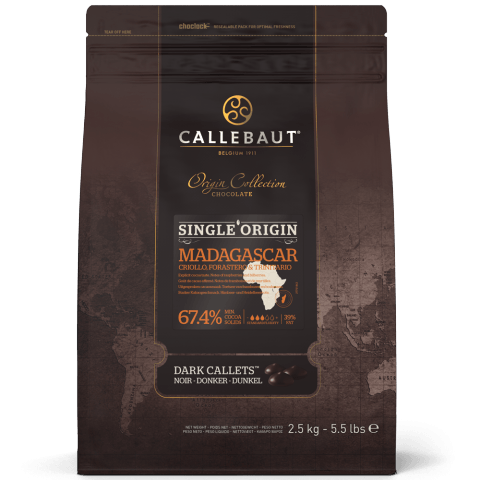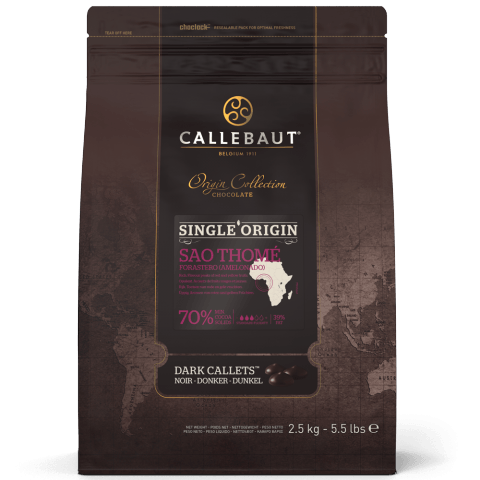More than Sweet: An Introduction to Confectionery Sugars
More than Sweet: An Introduction to Confectionery Sugars

Sugar isn't just what makes ganache sweet. In fact, it is practically impossible to obtain a final product resembling what we call ganache without using sugar. Chocolate, the number one ingredient required for ganache, is composed largely of sugar, and therefore, our ganache is going to have sugar in it from the very outset. But let's not ignore the fact that most ganache recipes will also include other sugars in addition to what is already present in the chocolate.
This guide is by no means an exhaustive bible on sugars, as it is a very deep and scientific subject that needs to be researched and explored. However, it aims to help demystify the basics of each of the sugars we use in our daily work.
A better understanding of sugars can help you gain a deeper understanding of your recipes, give you the confidence to make changes, and, ultimately, understand the likely results of those changes.

The Different Sugars
The term "sugar" is often used as a blanket term for a wide variety of sugars, and no two sugars are alike. They provide varying degrees of sweetness to counteract the bitterness of other ingredients (such as cocoa solids), and each contributes to the final texture of our products differently. Sugars are also beneficial for binding with water in our recipes, which helps extend the shelf life of those products, as that water is no longer available for microbiological activity - effectively, all sugars are preservatives, but some can extend shelf life more than others.
Many different sugars can be observed in ganache recipes, including, but by no means limited to:
- Sucrose
- Honey
- Dextrose
- Glucose Syrup
- Corn Syrup
- Invert Sugar Syrup
- Molasses
- And more!

For example, a simple ganache recipe might look something like this:
500g Heavy Cream
50g Glucose Syrup
650g Cacao Barry Tanzanie 75% Dark Couverture
100g Fresh Butter
But a more complex recipe could look like this:
496g Heavy Cream
78g Glucose Syrup
52g Sorbitol Powder
56g Inverted Sugar
39g Clarified Butter
403g Cacao Barry Tanzanie 75% Dark Courverture
170g Cacao Barry Alunga 41% Milk Couverture
(sources of sugar are in red)

Why Are These Sugars in Ganache?
THE MAIN ROLES OF SUGARS IN CONFECTIONS:
- Add sweetness
- Control texture, volume, and moisture
- Preservation (shelf life)
- Color (caramel)
EACH SUGAR HAS SPECIFIC PROPERTIES:
- A specific sweetness
- A specific ability to control texture and moisture
- A specific preservation ability
- A specific taste profile
NO TWO SUGARS ARE ALIKE:
- Each sugar contributes a unique sweetness
- Each sugar has a unique impact on texture and moisture
- Each sugar has a unique impact on preservation
- Each sugar has a unique taste.
Substituting one sugar for another is challenging and often leads to a different final result.
Understanding the properties of each sugar will enable you to utilize, omit, or change sugars in the recipe with as little change as possible to sweetness, texture, preservation, and taste.

Sweetening Power
"Sweetening Power" refers to the perceptible sweetness that any sugar brings to a mix—in other words, how sweet the sugar appears on your tongue. The scale by which sweetening power is defined is based upon the most widely used sugar, sucrose, and is given a reference number of 100. This range of sweetening powers among various sugars allows us to create formulas that allow us to control the sweetness of the final product.
Answers to Common Questions
Why might you want to use the more complex recipe shown above?
Explore our Shelf Life and Ganache Balancing libraries to see how a careful combination of ingredients can affect your end product.
View All of the "Key Sugars in Ganache" Articles
See different sugars in action in these recipes from our Chefs
In these recipes, you can see how our chefs use dextrose, honey, sorbitol, glucose, invert sugar, sucrose, and more to create the perfect recipe.
Don't forget the chocolate!
A key, if not the key ingredient in ganache, chocolate can be another source of sugar. With some simple math, you can see how these four dark couvertures vary in sugar content.




